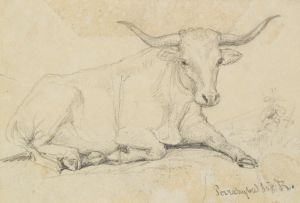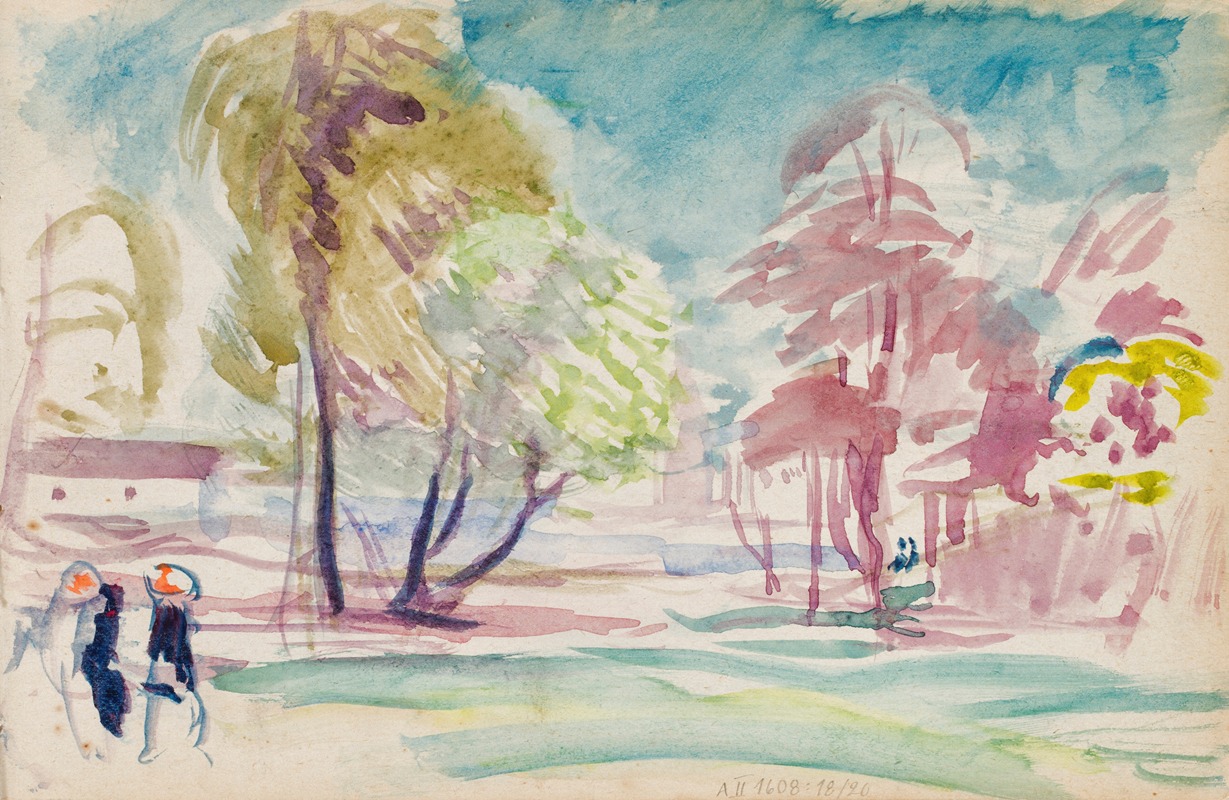
Maisema ja hahmoja, luonnos
A hand-painted replica of Magnus Enckell’s masterpiece Maisema ja hahmoja, luonnos, meticulously crafted by professional artists to capture the true essence of the original. Each piece is created with museum-quality canvas and rare mineral pigments, carefully painted by experienced artists with delicate brushstrokes and rich, layered colors to perfectly recreate the texture of the original artwork. Unlike machine-printed reproductions, this hand-painted version brings the painting to life, infused with the artist’s emotions and skill in every stroke. Whether for personal collection or home decoration, it instantly elevates the artistic atmosphere of any space.
Magnus Enckell was a Finnish symbolist painter, born on November 9, 1870, in Hamina, Finland. He is considered one of the most significant Finnish artists of the late 19th and early 20th centuries. Enckell's work is known for its exploration of symbolism, color, and form, often reflecting themes of mythology, nature, and the human condition. One of his notable works is "Maisema ja hahmoja, luonnos," which translates to "Landscape and Figures, Sketch."
"Maisema ja hahmoja, luonnos" is a piece that exemplifies Enckell's interest in the interplay between landscape and the human figure. Although specific details about this particular work are limited, it is consistent with Enckell's broader artistic themes and techniques. Enckell often used sketches as a means to explore and develop his ideas, capturing the essence of his subjects with a focus on mood and atmosphere rather than detailed realism.
Enckell's artistic journey began with his studies at the Drawing School of the Finnish Art Society in Helsinki from 1889 to 1891. He furthered his education in Paris, where he was influenced by the Symbolist movement and artists such as Pierre Puvis de Chavannes and Gustave Moreau. This exposure to Symbolism had a profound impact on Enckell's work, leading him to incorporate symbolic and allegorical elements into his paintings.
The Symbolist movement, which emerged in the late 19th century, was characterized by its emphasis on emotion, spirituality, and the use of metaphor and symbolism to convey deeper meanings. Enckell's work often reflects these principles, using color and composition to evoke a sense of mystery and introspection. His paintings frequently depict solitary figures in contemplative poses, set against dreamlike landscapes that blur the line between reality and imagination.
In "Maisema ja hahmoja, luonnos," Enckell likely employed a similar approach, using the landscape as a backdrop to explore the relationship between humans and their environment. The figures in his work are often depicted in a state of introspection or communion with nature, suggesting a deeper connection between the individual and the world around them. This theme is consistent with the Symbolist belief in the power of art to reveal hidden truths and transcend the mundane.
Enckell's use of color is another defining feature of his work. He often employed a muted palette, using soft, harmonious tones to create a sense of tranquility and balance. This approach can be seen in many of his paintings, where the subtle interplay of light and shadow adds depth and dimension to his compositions. In his sketches, Enckell's use of line and form is equally important, capturing the essence of his subjects with a simplicity and elegance that belies their complexity.
Throughout his career, Enckell remained committed to exploring the themes of symbolism and the human experience. His work has been celebrated for its ability to convey emotion and meaning through a combination of visual elements, creating a rich tapestry of imagery that continues to resonate with audiences today. "Maisema ja hahmoja, luonnos" is a testament to Enckell's skill as an artist and his dedication to capturing the beauty and mystery of the world around him.
Magnus Enckell passed away on November 27, 1925, in Stockholm, Sweden, leaving behind a legacy of work that continues to inspire and captivate art enthusiasts and scholars alike. His contributions to the Symbolist movement and Finnish art are widely recognized, and his paintings remain an important part of Finland's cultural heritage.





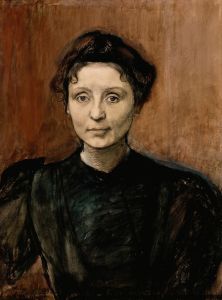
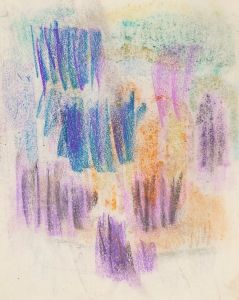
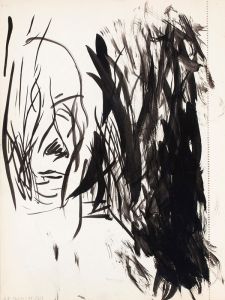
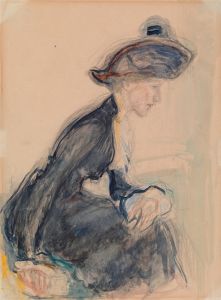
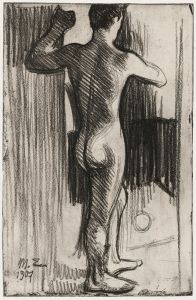
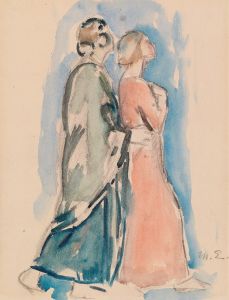
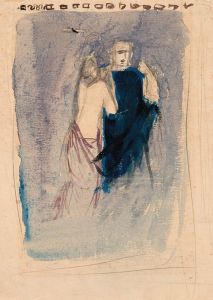
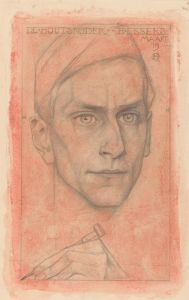
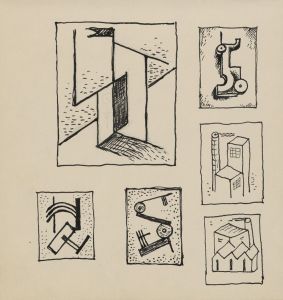
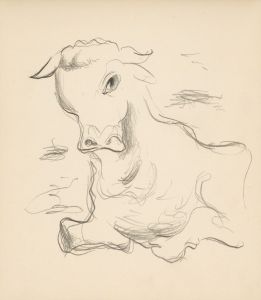
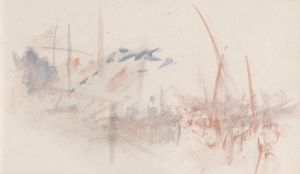
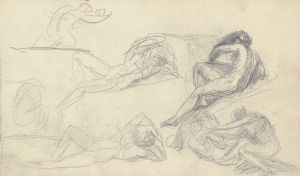
![Graphic designs for Fortune magazine.] [Studies for cover drawn on black paper](/imgs/249355/s/winold-reiss-graphic-designs-for-fortune-magazine-studies-for-cover-drawn-on-black-paper-4ae65d38.jpg)
